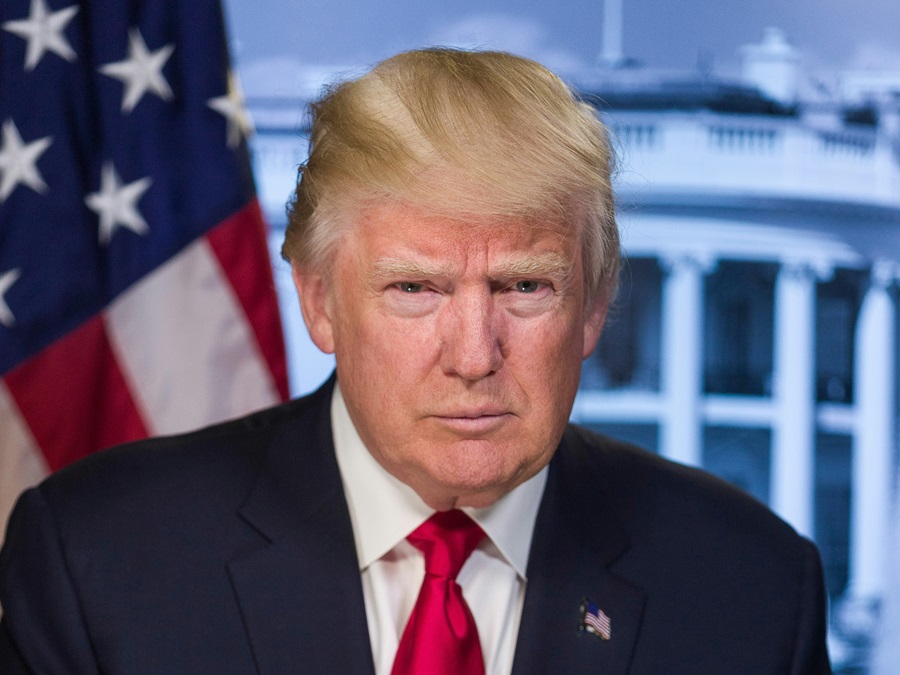With the results indicating a decisive victory for former President Donald Trump, one key narrative has emerged: the dominance of personality over policy is set to define the next four years. This development signals a return to a leadership style marked by Trump’s distinctive approach, with significant implications for global diplomacy, particularly with the United States Indo-Pacific strategy, where regional tensions with the US and China persist.
Trump’s first term provided ample insight into his leadership, which emphasised personal relationships and unorthodox diplomatic tactics. His approach often favoured leaders who shared his worldview ideologically or established personal connections, leading to complex and sometimes controversial interactions on the global stage. His unprecedented meetings with North Korea’s Kim Jong-un and his rapport with Russia’s Vladimir Putin and Hungary’s Viktor Orban indicate this.

Trump’s statements on receiving “beautiful letters” from Kim Jong-un highlight this personalised approach, which has been criticised for producing limited progress on denuclearisation. What this means is that the world will return to a less liberal international form of diplomacy and more personal, as indicated by the Australian ambassador to the US, Kevin Rudd, hastily deleting his comments after Trump’s victory.
Impact on Foreign Policy and Asian Engagement
As Trump reclaims the presidency, the question arises: will this personalised approach steer US foreign policy? And will this have an impact in contributing to a withdrawal of US engagement in Asia? With the Indo-Pacific region facing strategic challenges, how Trump engages with key allies and adversaries will be closely scrutinised. His leadership style, marked by bold rhetoric and a preference for bilateral dealings, may reshape alliances and influence the trajectory of US-China relations. This shift will not only alter US engagement with the region but also affect how the region engages with the US.
With the Senate now under Republican control and the House of Representatives poised to remain Republican-led, Trump is positioned to easily pursue his campaign promises. Chief among these is the prospect of an intensified trade war impact with China. Key measures include the introduction of a universal tariff of 10 per cent to 20 per cent on all imports, aimed at protecting American industries and reducing dependency on foreign goods. Additionally, Trump plans to impose tariffs as high as 60 per cent on Chinese imports, a move intended to address trade imbalances and counter perceived unfair trade.
Regional Implications for Asia’s Economies
This is a continuation of a trade war that was pursued in his first term, resulting in imposed tariffs on hundreds of billions of dollars worth of Chinese goods. In response, China imposed retaliatory tariffs on US exports, including agricultural products, which significantly impacted American farmers.
The effects of the first trade war were mixed. Although it pressured China to commit to purchasing more US goods under the “Phase One” trade deal in early 2020, many economists argue that the trade war led to increased costs for American consumers and businesses due to higher prices on imports and retaliatory measures.
What this means for Asia is that the proposed tariffs are expected to impact not only China, but also other Asian economies integrated into global supply chains. This will potentially lead to economic disruptions in the region. Trump’s ‘America First’ agenda means that countries such as Malaysia, Vietnam, and South Korea, with major supply chains to China, will face the flow-on effects of the disruption of these supply chains, negatively impacting production and trade flows across the region.
Trump’s Motivations
But why is Trump doing this? The answer is simple, the US possesses substantial capital, labour, and natural resources, enabling a high degree of economic self-sufficiency. This capacity allows the US to sustain its economy independently, though it continues to benefit from global trade and investment. Maintaining open capital flows is crucial for sectors like technology, where companies rely on global markets for growth. As long as these flows remain unrestricted, industries such as big tech can continue their international expansion.
However, a significant risk lies in China’s efforts to reduce its reliance on the US dollar. By seeking alternative markets and promoting the renminbi in international trade, China aims to diminish the dollar’s dominance. This shift could weaken the dollar’s global relevance over time. As China explores new markets and diversifies its economic ties, the challenge for Asian nations will be adapting to a shifting landscape where engagement with the US is defined by personal rapport and assertive policies rather than multilateral frameworks.
Ultimately, the world must prepare for a diplomatic environment where personality—not policy—steers the course, creating both opportunities and risks. The next four years will test the resilience of traditional alliances, the adaptability of regional powers, and the lasting impact of one leader’s unique imprint on global affairs. In the meantime, let’s see what the next 100 days with Trump will bring.
**Disclaimer: The views expressed are those of the writer and do not necessarily reflect those of NHA – News Hub Asia.![]()

